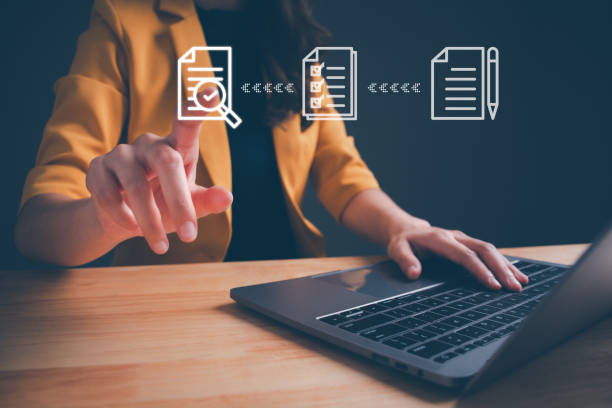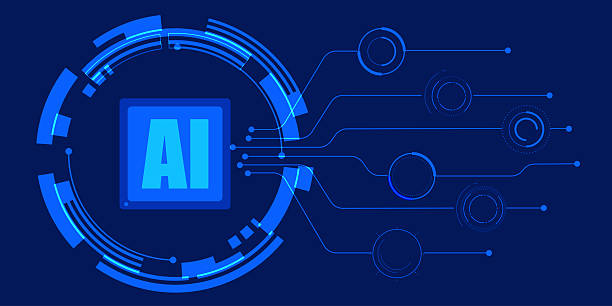What is On-Page SEO and Why is it Important?

On-Page SEO refers to a set of actions you take within your website to improve its ranking in search engines like Google.
These actions include optimizing content, site structure, HTML tags, and other technical and content-related factors.
The importance of #on_page_seo lies in the fact that it helps search engines better understand the topic and purpose of your pages, thereby ranking your site higher in search results.
Unlike off-page SEO, which focuses on link building and activities outside the site, on-page SEO is completely under your control, and you can make significant improvements to your site’s ranking by implementing appropriate changes.
A strong on-page SEO strategy not only increases organic traffic but also improves the user experience, causing visitors to spend more time on your site and increasing conversion rates.
By using on-page SEO correctly, you can dramatically increase your website’s ranking and get closer to your business goals.
(Source: Wikipedia).
Are you bothered by losing customers who have visited your site to make a purchase?
Rasaweb is your specialized solution for having a successful online store.
✅ Significant increase in your online sales
✅ Creating trust and professional branding with customers⚡ Get free consultation from Rasaweb experts!
Keyword Research – The Foundation of On-Page SEO
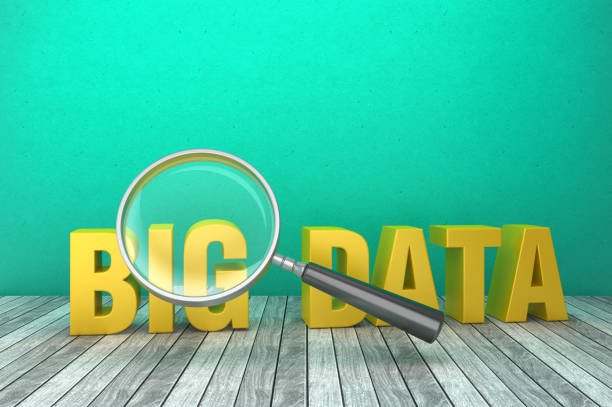
Keyword research is the starting point of any successful on-page SEO strategy.
First of all, you need to know what words users are using to search for your products or services on Google.
Using tools like Ahrefs, Moz Keyword Explorer, and Ubersuggest can help you find relevant keywords with high search volume and low competition.
After identifying the main and secondary keywords, you should use them strategically in your page content.
This includes using keywords in the page title, meta description, headings (H1 to H6), main text, and Alt tags of images.
But keep in mind that excessive use of keywords (Keyword Stuffing) can have the opposite effect and cause your site to be penalized by Google.
The goal is to create valuable and relevant content that answers users’ questions and naturally includes the desired keywords.
Also, keyword research helps you identify popular topics and produce content that meets the needs of your audience.
Optimizing Title and Meta Descriptions
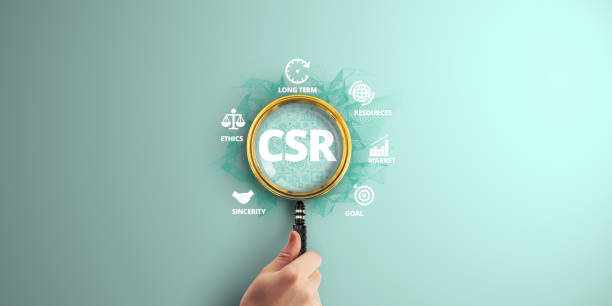
The page title (Title Tag) and meta description (Meta Description) are two vital elements in on-page SEO that play an important role in attracting users from the search engine results page (SERP).
The page title should be attractive, relevant, and contain the main keyword.
The length of the page title should be between 50 and 60 characters to be fully displayed in search results.
The meta description should also be a summary of the page content and encourage users to click on your site’s link.
The length of the meta description should be between 150 and 160 characters.
Using secondary keywords and attractive phrases in the meta description can increase the click-through rate (CTR).
Remember that the title and meta description should be unique for each page to avoid creating duplicate content.
An optimized title and meta description not only helps improve the site’s ranking but also increases traffic and attracts the target audience.
On-Page SEO helps you do these things well.
| Element | Description | Best Practices |
|---|---|---|
| Page Title (Title Tag) | Clickable title displayed on the search results page. |
|
| Meta Description | A summary of the page content that appears below the title on the search results page. |
|
Optimizing URL Structure
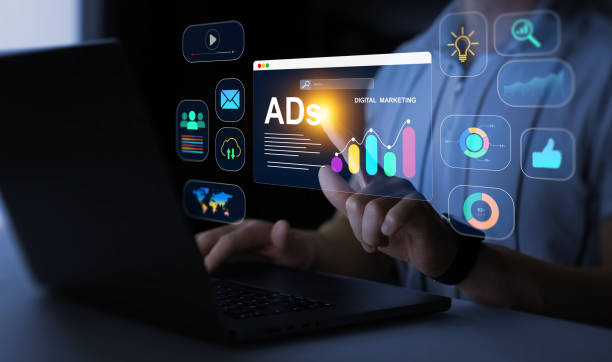
The URL structure is another important factor in on-page SEO.
Clean, short, and descriptive URLs help search engines better understand the subject of the page and show users what page they are on.
Avoid using long, complex URLs containing meaningless numbers and letters.
It is better for URLs to include the main keywords of the page and be separated by a hyphen (-).
For example, instead of using URLs like `example.com/page?id=123`, use URLs like `example.com/seo-dakhli`.
Also, the URL structure should be logical and hierarchical so that users can easily navigate your site.
Using appropriate categories and creating an organized structure helps improve the user experience and site SEO.
Keep in mind that changing the URLs of existing pages can have a negative impact on site SEO, so before making any changes, be sure to use a 301 redirect to transfer traffic and ranking from previous pages to the new URLs.
On-page SEO allows you to have a website with a regular and efficient structure.
Does your current website create the trust that potential customers should have in your business? If the answer is no, it’s time to have a professional and impactful corporate website with Rasaweb.
✅ Completely custom design tailored to your brand identity
✅ Increased lead generation and credibility of your business in the eyes of customers⚡ Contact us for free consultation!
Content Optimization Relying on On-Page SEO
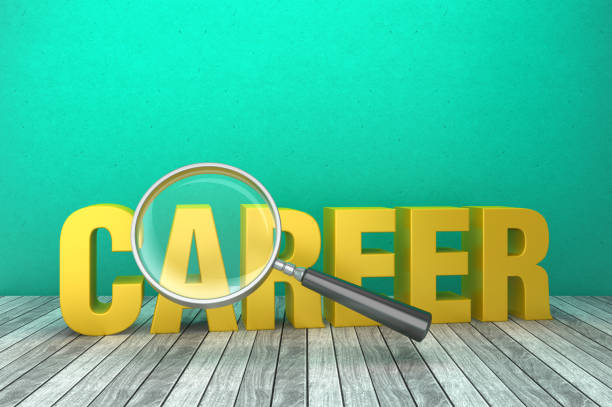
Content is king! This famous phrase perfectly illustrates the importance of content in SEO.
High-quality, valuable, and relevant content not only attracts users but also helps search engines recognize your site as a reputable and reliable source.
To optimize content, you need to pay attention to a few points.
First, the content should be written for your target audience and answer their questions and needs.
Second, the content must be unique and non-repetitive.
Avoid copying content from others and try to provide new and creative content.
Third, the content should be well-structured and use headings, subheadings, paragraphs, and lists to organize the content.
Fourth, use keywords naturally and strategically in the content.
On-page SEO guarantees increased ranking by using targeted and high-quality content.
Using images, videos, and infographics can also increase the appeal of the content and cause users to spend more time on your site.
Optimizing Images and Videos
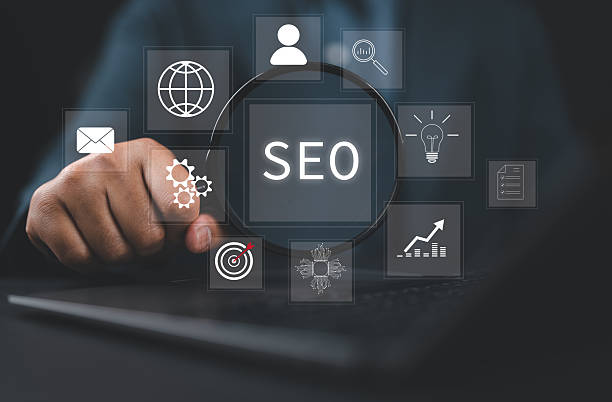
Images and videos play an important role in attracting user attention and improving user experience.
But in order for images and videos to also help your site’s SEO, you need to optimize them correctly.
To optimize images, you must first reduce their size to increase page loading speed.
Use tools like TinyPNG and ImageOptim to reduce image size without loss of quality.
Then, choose a descriptive and relevant file name for each image.
For example, instead of using file names like `IMG_1234.jpg`, use file names like `seo-dakhli.jpg`.
Also, write a suitable Alt tag for each image.
The Alt tag is text that is displayed if the image fails to load and helps search engines understand the subject of the image.
To optimize videos, use video platforms like YouTube and Aparat and embed your videos on your site.
Also, choose a suitable title, description, and tags for each video.
On-page SEO helps you choose the best name and tag for images.
Optimizing Page Loading Speed
![]()
Page loading speed is one of the most important factors in SEO and user experience.
Users expect web pages to load in a few seconds, and if your site is slow, the likelihood of users leaving the site increases.
Google also considers page loading speed as one of the ranking factors.
To optimize page loading speed, you can use tools like Google PageSpeed Insights and GTmetrix to identify the speed issues of your site.
Some ways to optimize page loading speed include reducing image size, enabling Gzip compression, using browser caching, optimizing code, and using a CDN.
Also, choosing a suitable and powerful hosting can have a big impact on site speed.
On-page SEO helps you keep your site fast and optimized.
| Speed Metric | Description | Inspection tool |
|---|---|---|
| First Contentful Paint (FCP) | The amount of time it takes for the first content element (image, text, etc.) to be displayed on the page. | Google PageSpeed Insights |
| Largest Contentful Paint (LCP) | The amount of time it takes for the largest content element to be displayed on the page. | Google PageSpeed Insights |
| Time to Interactive (TTI) | The amount of time it takes for the page to become fully interactive and the user to be able to interact with it. | Google PageSpeed Insights |
Internal Linking
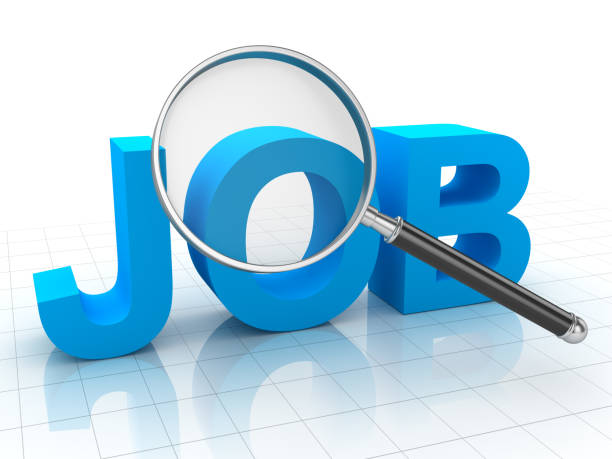
Internal linking means creating links between different pages of your site.
This not only helps users easily navigate your site, but also helps search engines better understand the structure and content of your site.
Internal linking should be done strategically and purposefully.
This means that the links should be relevant to the content of the page and direct users to relevant and valuable pages.
Use descriptive and relevant link text.
For example, instead of using link text like `Click here`, use link text like `On-Page SEO Guide`.
Also, avoid creating too many links on one page and try to maintain balance.
On-page SEO helps you to do the most optimized internal linking.
Does your current website convert visitors into customers or scare them away? Solve this problem forever with a professional corporate website design by Rasaweb!
✅ Create a strong brand image and credibility
✅ Attract target customers and increase sales
⚡ Get a free consultation right now!
Optimizing Site Responsiveness
![]()
Given the increasing use of mobile phones to search the Internet, optimizing site responsiveness is of particular importance.
A responsive site is a site that automatically adapts to the screen size of different devices and provides a suitable user experience.
Google also prioritizes responsive sites and ranks them higher.
To optimize site responsiveness, you can use CSS frameworks like Bootstrap or use Responsive Design.
Also, make sure to test your site on different devices to make sure your site is displayed correctly.
On-page SEO helps you optimize your site design for all devices and provide the best user experience for users.
With the increase in mobile traffic, being responsive has become an inevitable necessity.
Monitoring and Analyzing On-Page SEO Results
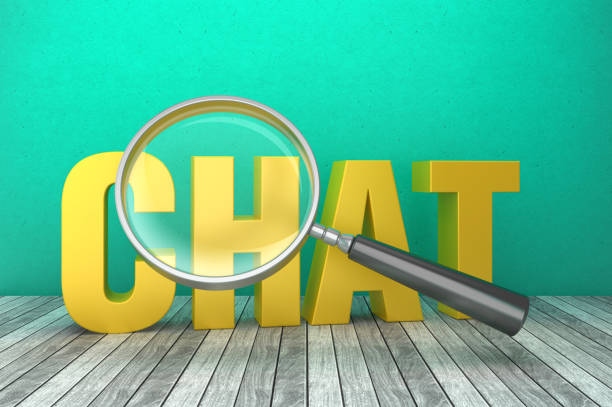
After taking on-page SEO measures, you should continuously monitor and analyze your results.
This helps you understand which actions were effective and which actions need improvement.
To monitor and analyze results, you can use tools like Google Analytics and Google Search Console.
Google Analytics gives you information about site traffic, user behavior, and conversion rates.
Google Search Console also gives you information about the site’s ranking in search results, the keywords that users have used to reach your site, and technical problems with the site.
Using this information, you can improve your on-page SEO strategy and achieve better results.
On-page SEO is an ongoing process and requires patience and perseverance.
With continuous effort and follow-up, you can improve your site’s ranking in search engines and get closer to your business goals.
Frequently Asked Questions
| Question | Answer |
|---|---|
| What is On-page SEO? | On-page SEO refers to a set of actions that are performed within a website and on the content of pages in order to achieve a better ranking in search results. |
| Why is on-page SEO important for a website? | On-page SEO helps search engines better understand the content of your page and assess its importance. It also provides a better user experience for visitors. |
| What are the most important on-page SEO factors? | The most important factors include keyword optimization, content quality, Title Tag, Meta Description, URL structure, Heading tags (H1-H6), internal linking, and image optimization. |
| What role does the Title Tag play in on-page SEO? | The Title Tag is one of the most important on-page SEO factors that displays the title of your page in search results and browser tabs. It should include the main keyword and be attractive. |
| What is the importance of the Meta Description in on-page SEO? | The Meta Description provides a summary of the page content, and although it does not directly affect the ranking, it can increase the click-through rate (CTR) by encouraging users to click. |
| How are keywords used in on-page SEO? | Keywords are phrases that users use to search for information in search engines. Proper and natural use of them in the content helps the search engine to recognize the subject of the page. |
| What is internal linking and what is its benefit in on-page SEO? | Internal linking means creating links between different pages of a website. This helps to distribute the credibility of the pages, helps search engine robots crawl, and improves the user experience. |
| How does image optimization affect on-page SEO? | Image optimization includes compressing the size, using appropriate Alt tags, and naming the files appropriately. This improves the page loading speed and helps search engines understand the content of the image. |
| What does quality content mean in on-page SEO? | Quality content means content that is comprehensive, accurate, unique, up-to-date, and user-friendly and meets the needs of users. |
| What role does the URL structure play in on-page SEO? | Readable, short URLs that include the main keyword help search engines and users to better understand the content of the page and improve the user experience. |
And other services of Rasa Web advertising agency in the field of advertising
Smart Direct Marketing: Transform campaign management with the help of attractive user interface design.
Smart Digital Branding: A fast and efficient solution to increase click-through rate with a focus on Google Ads management.
Smart Marketing Automation: Professional optimization for customer acquisition using attractive user interface design.
Smart Google Ads: Transform campaign management with the help of smart data analysis.
Smart Direct Marketing: A combination of creativity and technology for campaign management by dedicated programming.
And more than a hundred other services in the field of internet advertising, advertising consulting and organizational solutions
Internet Advertising | Advertising Strategy | Advertorial
Sources
What is On-Page SEO? Zoomit
,On-Page SEO Factors Arianik
,What is On-Page SEO? Introduction of Important On-Page SEO Factors
,What is On-Page SEO and How Does it Help Improve Site Ranking?
? Rasaweb Afarin, a leading digital marketing agency, paves the way for your business success. From professional online store design to comprehensive SEO strategies, we are ready to distinguish your brand in the online space and bring it to its peak.
📍 Tehran, Mirdamad Street, next to the Central Bank, South Kazerun Alley, Ramin Alley No. 6

